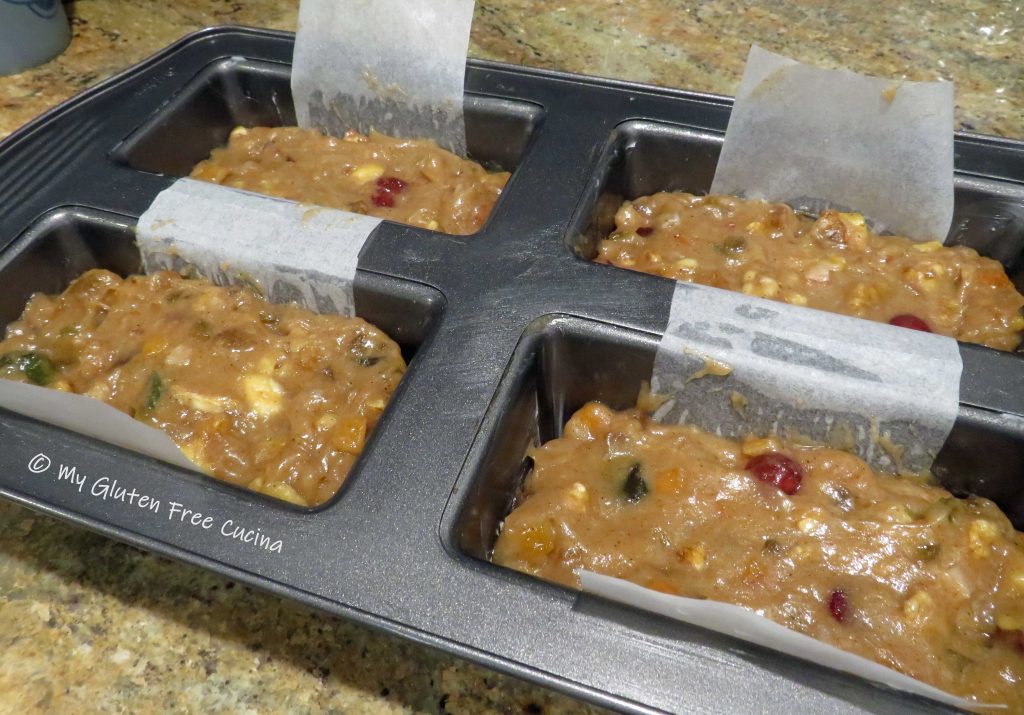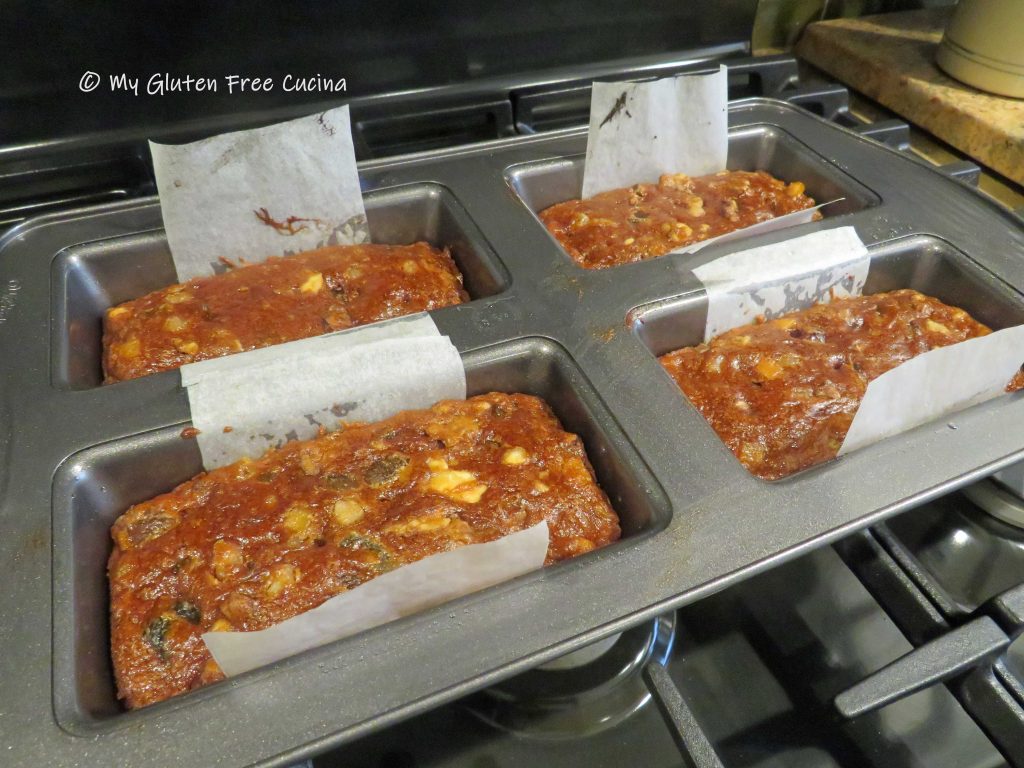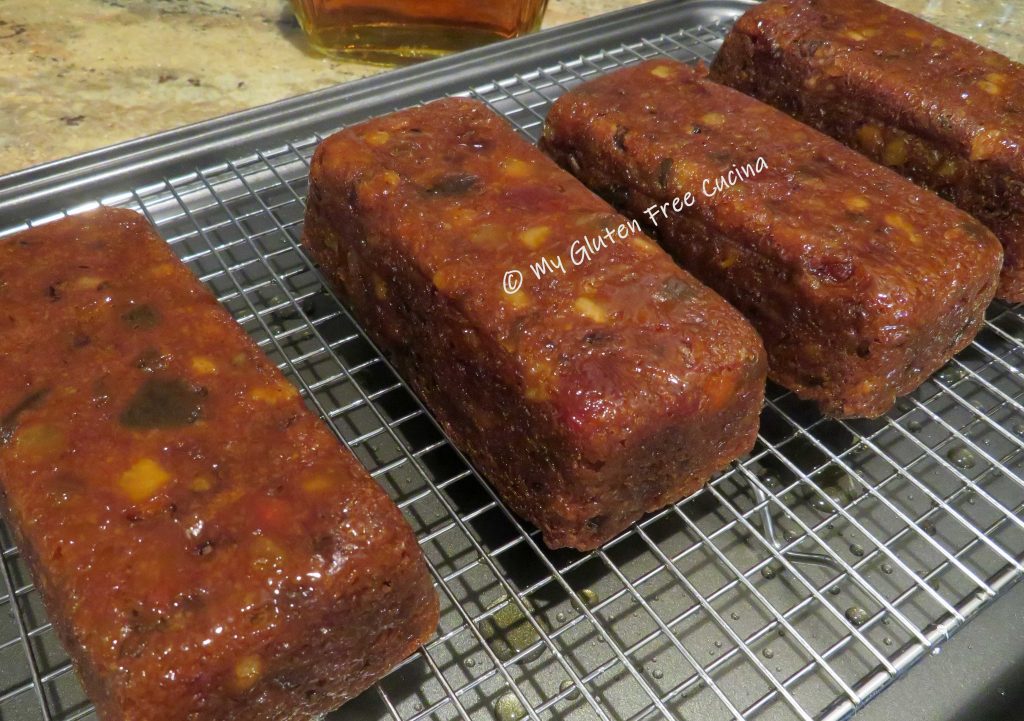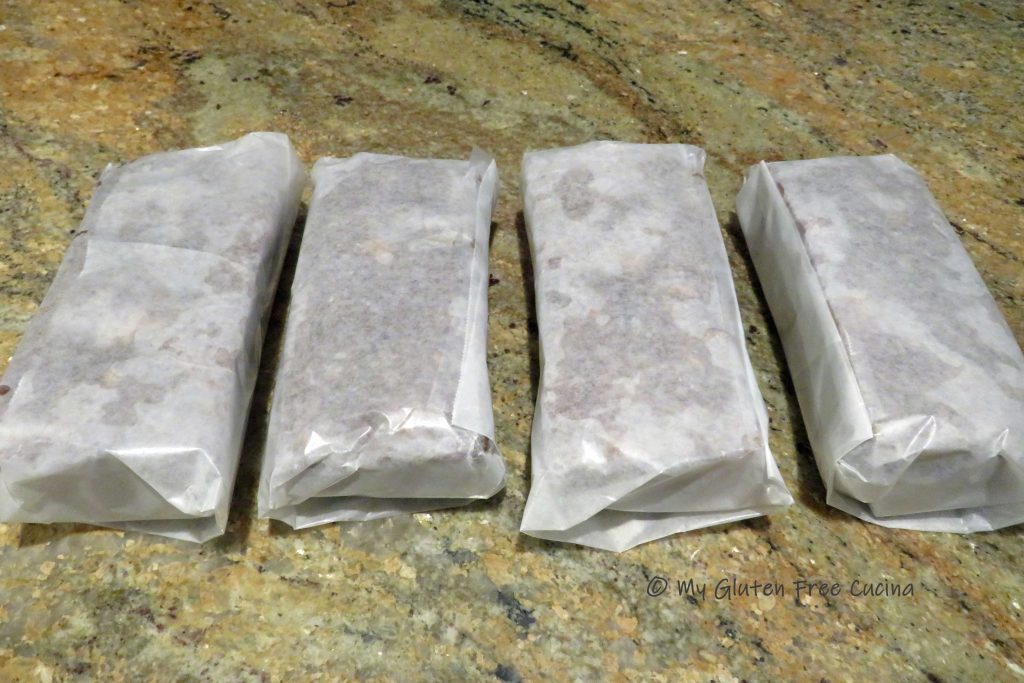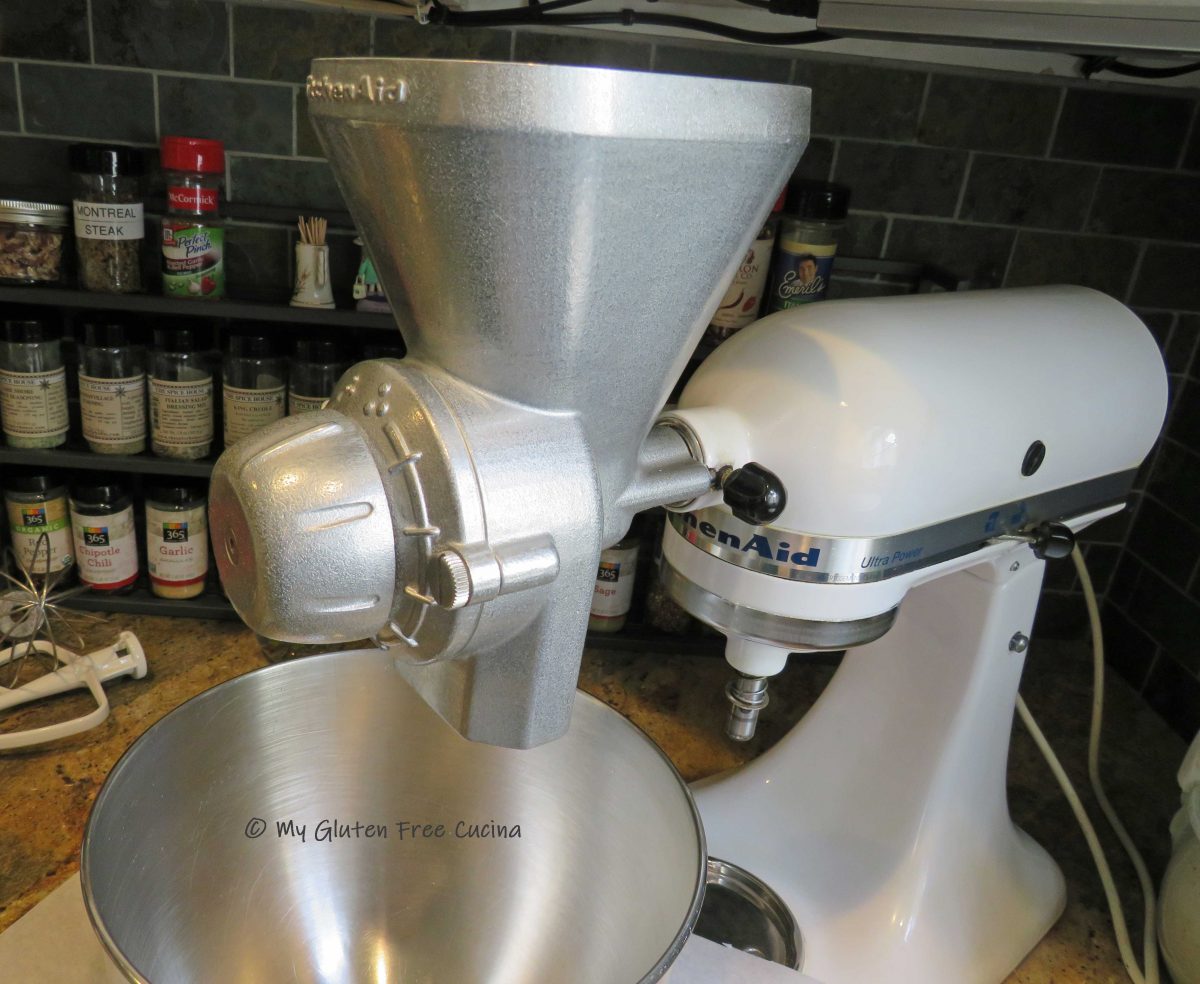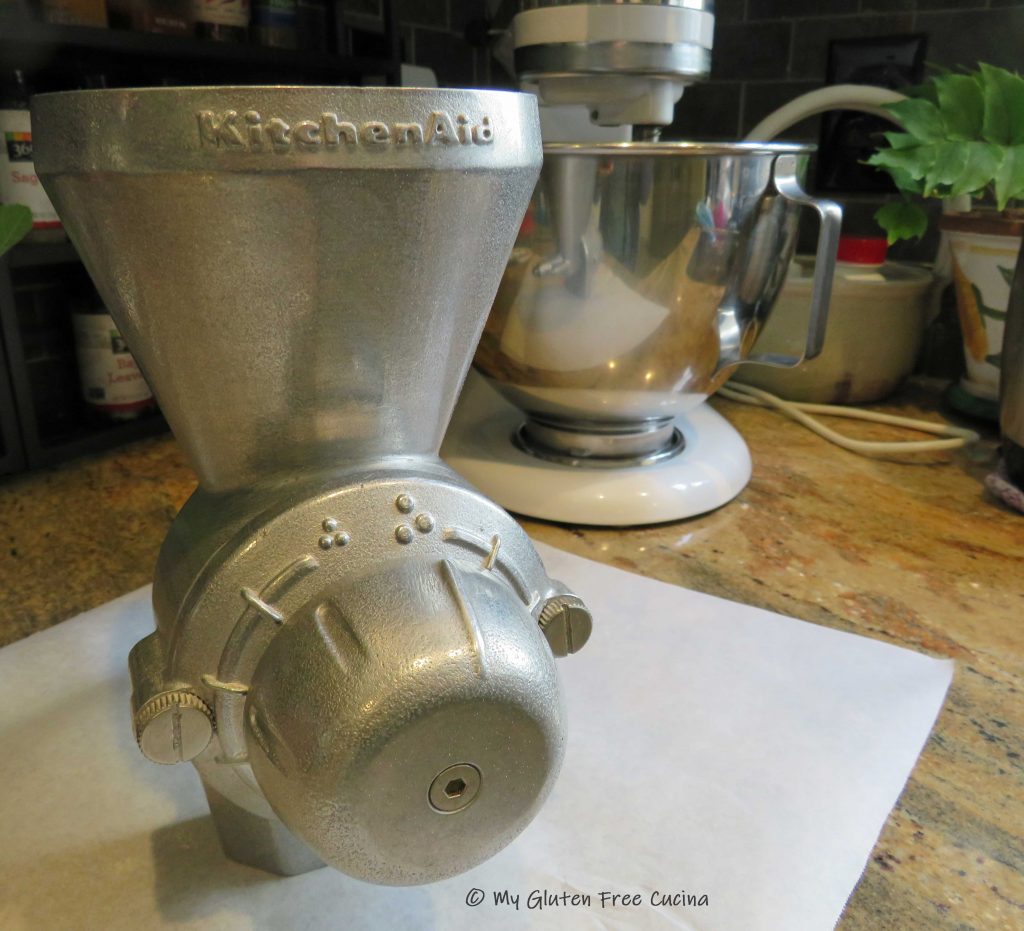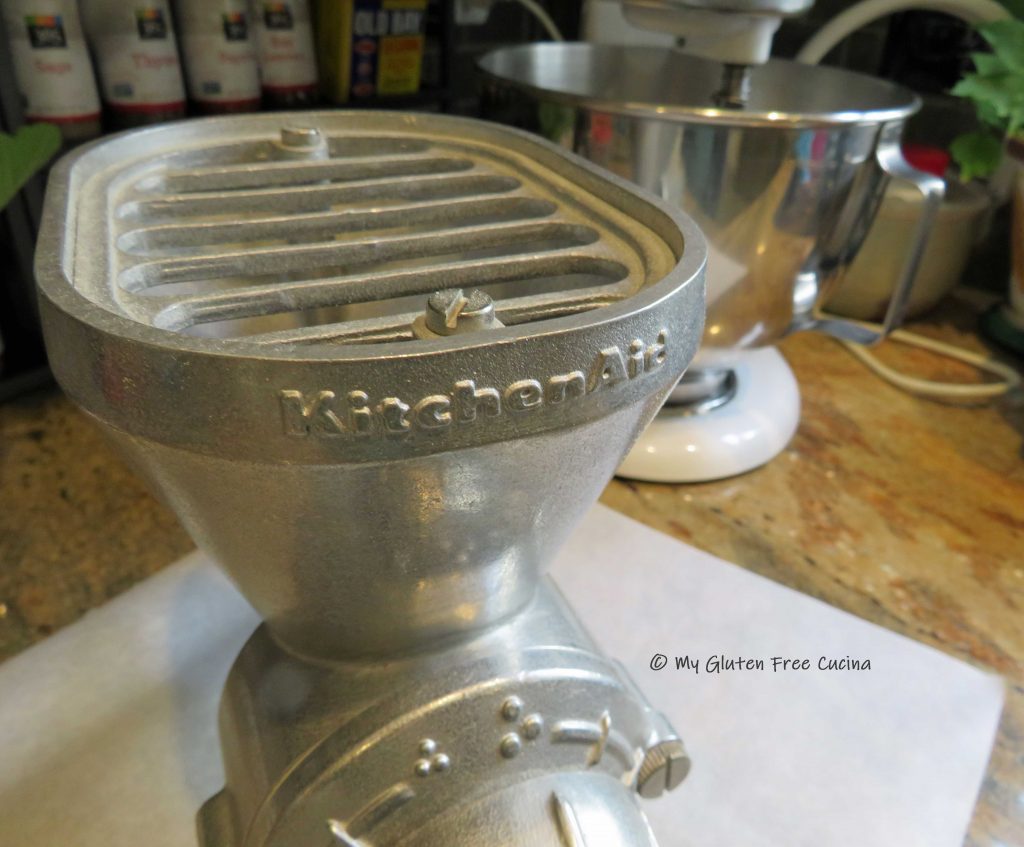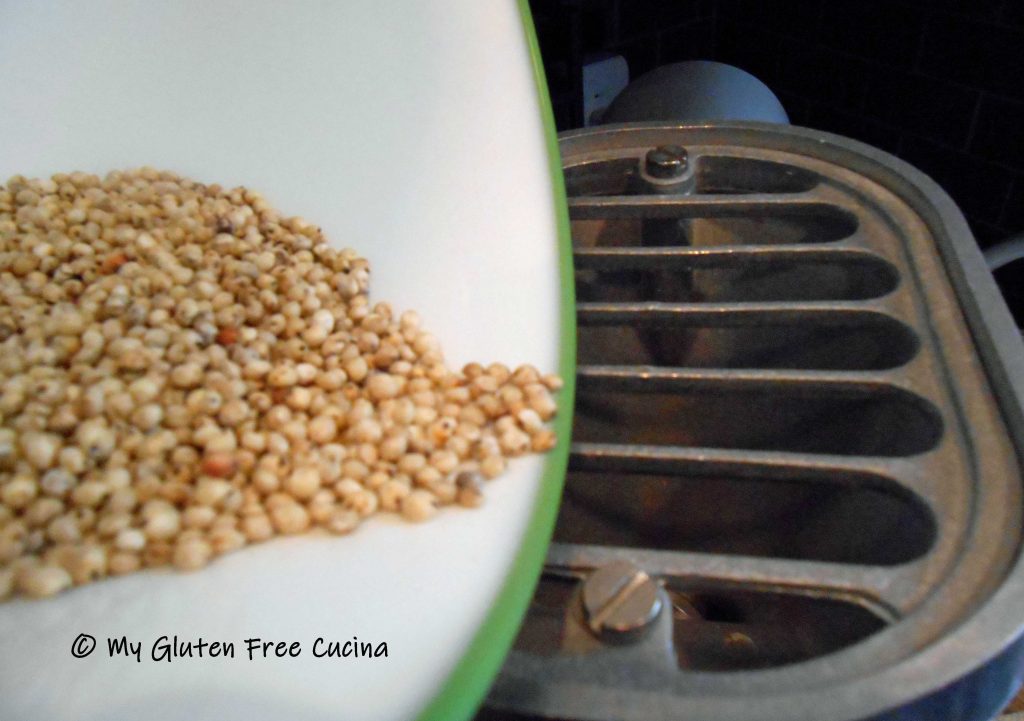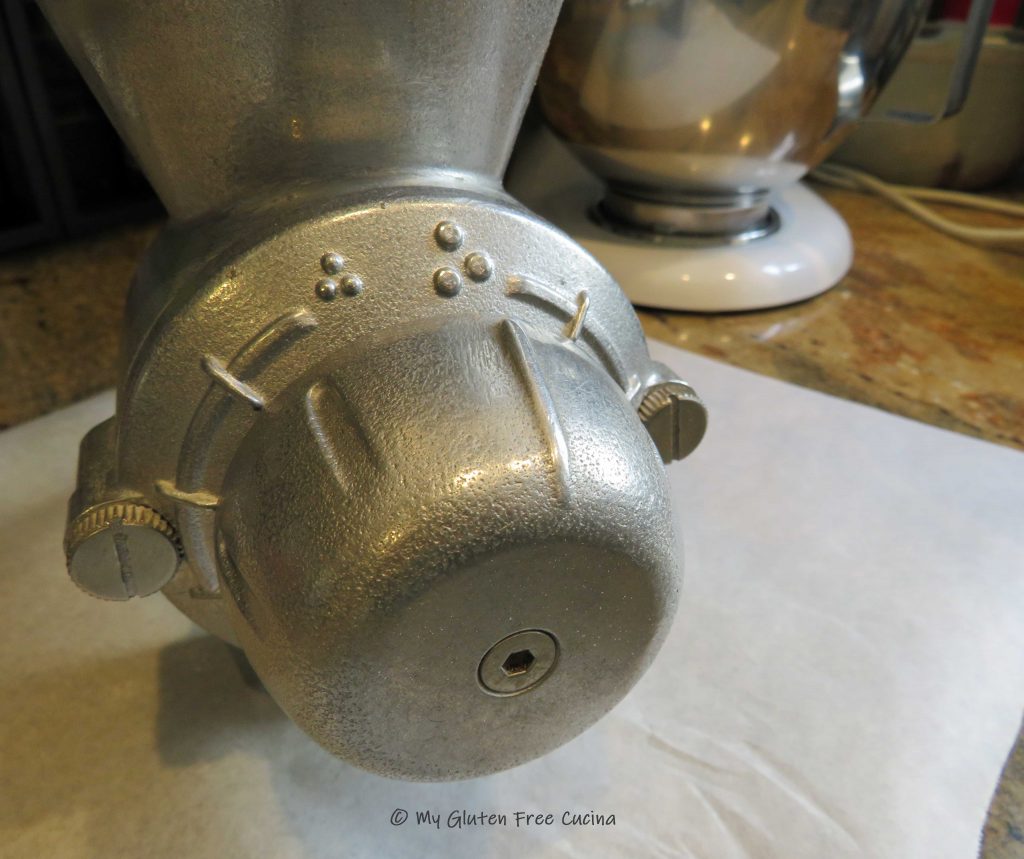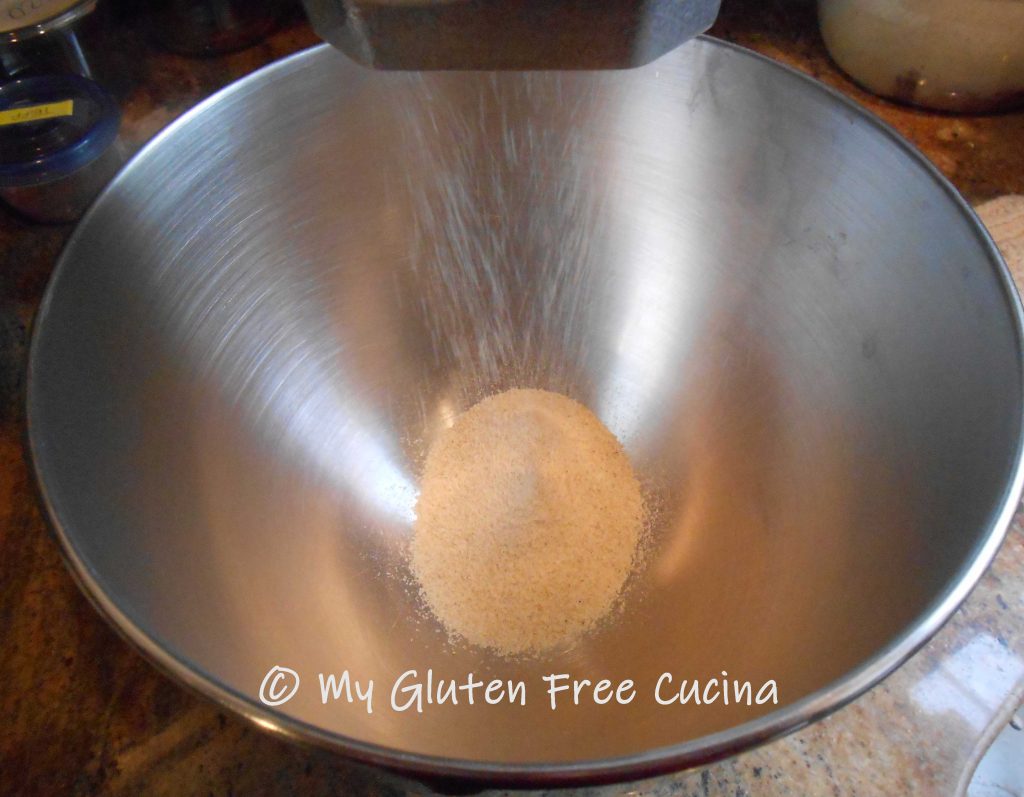Pane Bianco!
Have you seen this bread before? Pane Bianco first appeared in the King Arthur catalog around 2018. At the time, I had recently been diagnosed with Celiac Disease, and the thought of making breads like this seemed impossible!
I saved the recipe though, and as I was going through old folders recently, there it was. That was the moment I decided to make a gluten free version of this gorgeous bread!

Pane Bianco literally translates to “White Bread”. That sounds oh so dull and ordinary, when this eye-catcher of a loaf is anything but. The S-shape looks so fancy, with the scored dough revealing a filling of sundried tomatoes, garlic, cheese and basil. It’s a stunner as it opens up during baking, and don’t get me started on the aroma!
This post contains affiliate links.
Think you can’t roll and shape gluten free dough like this? It’s all in the flour blend, and you can probably guess that for my gluten free makeover, I used Better Batter. My personal favorite is their Artisan blend, but either that or their new Bread flour are great choices for this recipe.
Sometimes when I can’t decide I use some of each! For this bake I used a 50/50 combination of the Artisan blend and Bread flour. I’ve done some experimenting with this combination, and I just love the flavor and texture. You can use 360 g. of either flour, or a blend like I did.
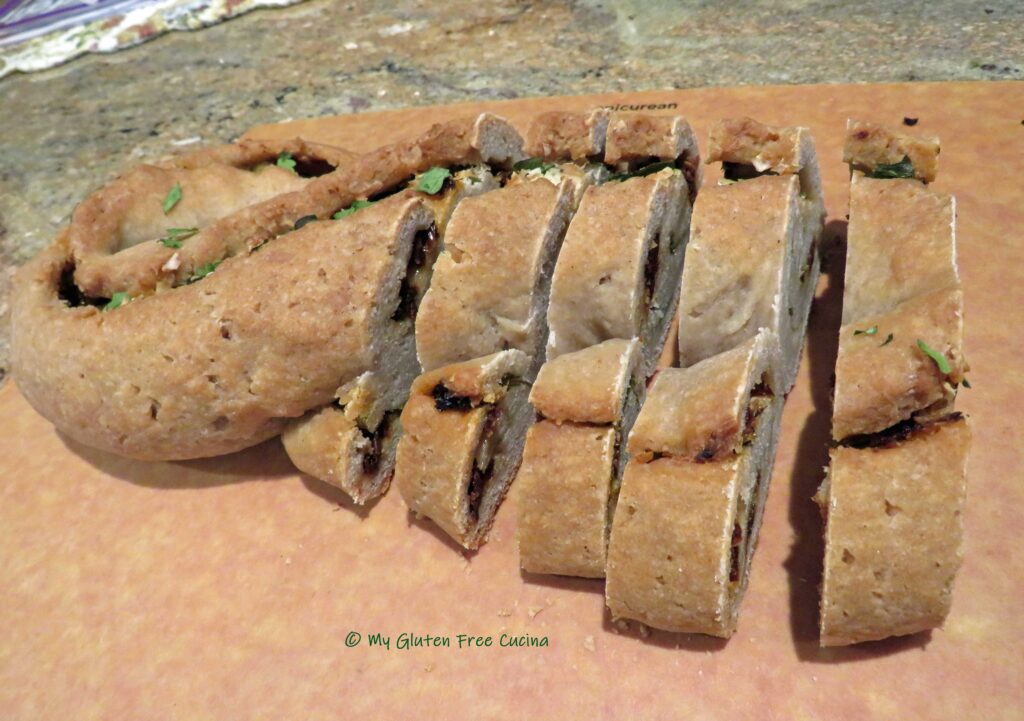
Better Batter flour now has limited edition 1 lb. size bags of their Bread Flour and Artisan Blend. So, if you wanted to try this recipe the way I made it you don’t have to make a big commitment. Just grab yourself a 1-pound bag of each and bake along with me!
Use my promo code MGFC30 at checkout and get 30% off full price on your purchase at Better Batter!
Ingredients:
- 180 g Better Batter Artisan Flour Blend
- 180 g Better Batter Bread Flour
- 7 g (1 pkg.) instant yeast
- 8 g table salt
- 45 g egg (1 large)
- 170 g milk (I used 2%)
- 111 g warm water
- 52 g olive oil
- 3/4 cup shredded cheese (I used parmesan)
- 1/2 cup sundried tomatoes in oil, drained and chopped
- 4 garlic cloves, minced
- 1/3 cup fresh basil leaves (or Italian parsley), chopped
- 1 tbsp. melted butter, for finishing
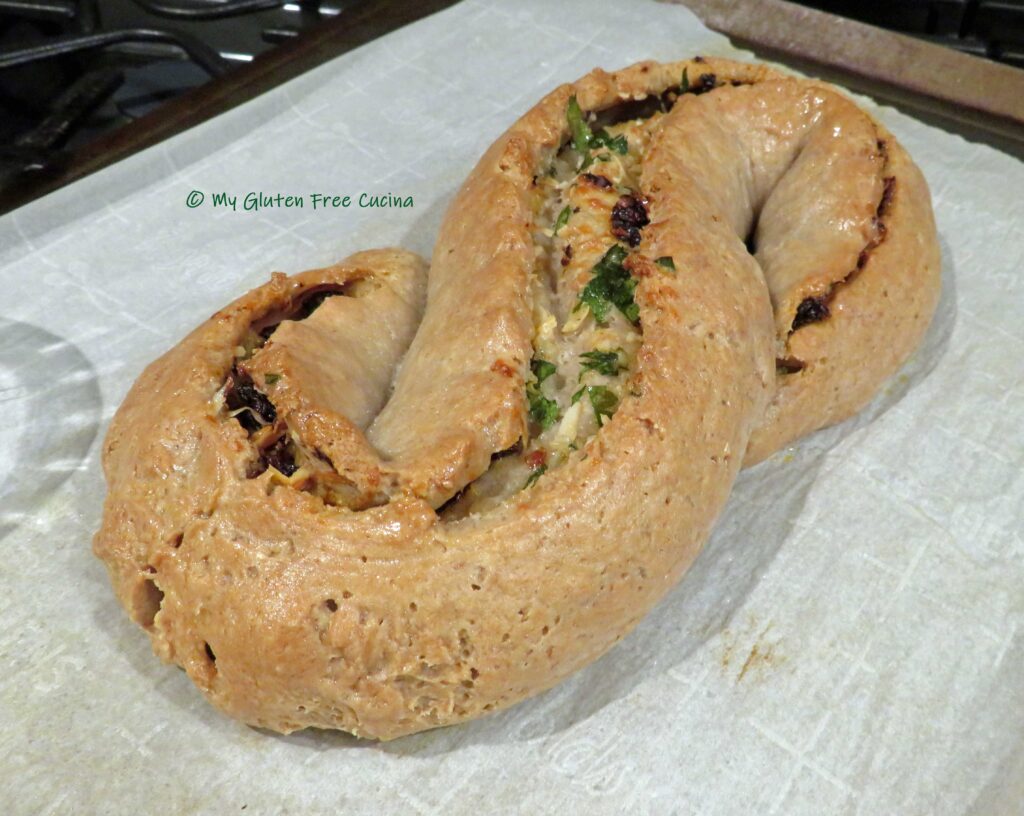
Preparation:
Whisk together the flours, yeast and salt. In the bowl of a stand mixer, combine the egg, milk, water and olive oil. Add the flour mixture to the wet ingredients and mix for 5 minutes with the paddle attachment to form the dough. Place the dough in an oiled bowl and let it rise for 45 minutes. It may not double and that’s ok.
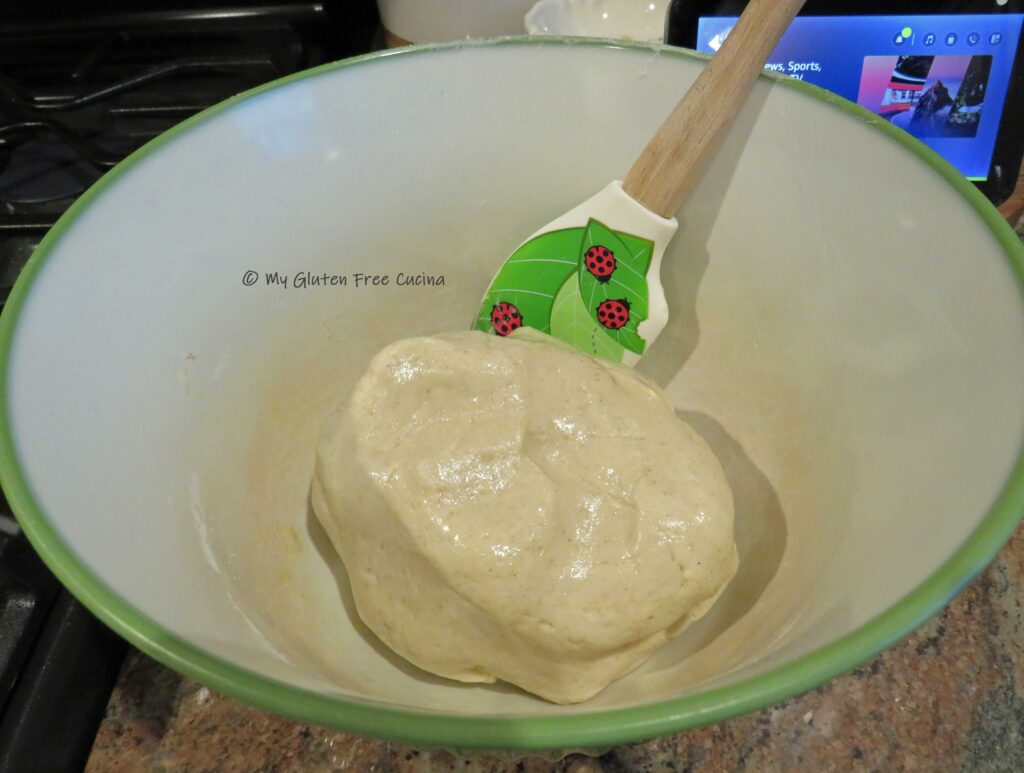
Measure a 2 ft. sheet of parchment paper. Roll the dough out into a rectangle shape, approximately 22″ x 8″.
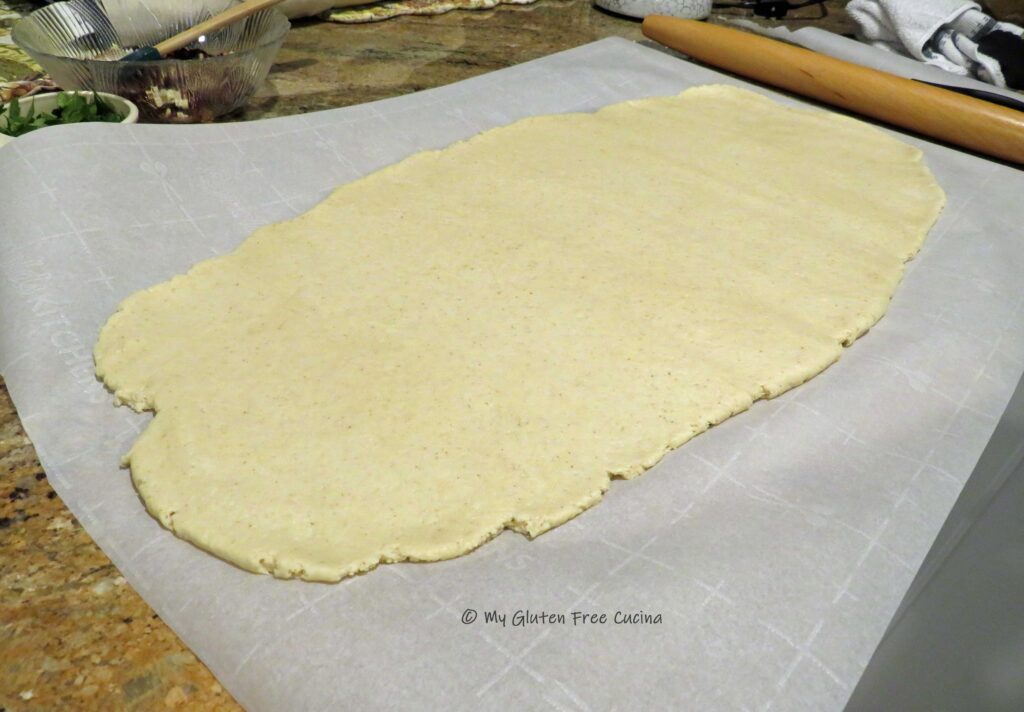
Spread with the sundried tomatoes, garlic, cheese and basil (I could not get fresh basil this time of year, so I used Italian parsley). Go easy on the filling, don’t add too much or the bread will be wet.

Using the parchment to assist you, roll the dough into a log.
 Pinch the edges together and if they don’t seal use a fork to smooth out the seam.
Pinch the edges together and if they don’t seal use a fork to smooth out the seam.
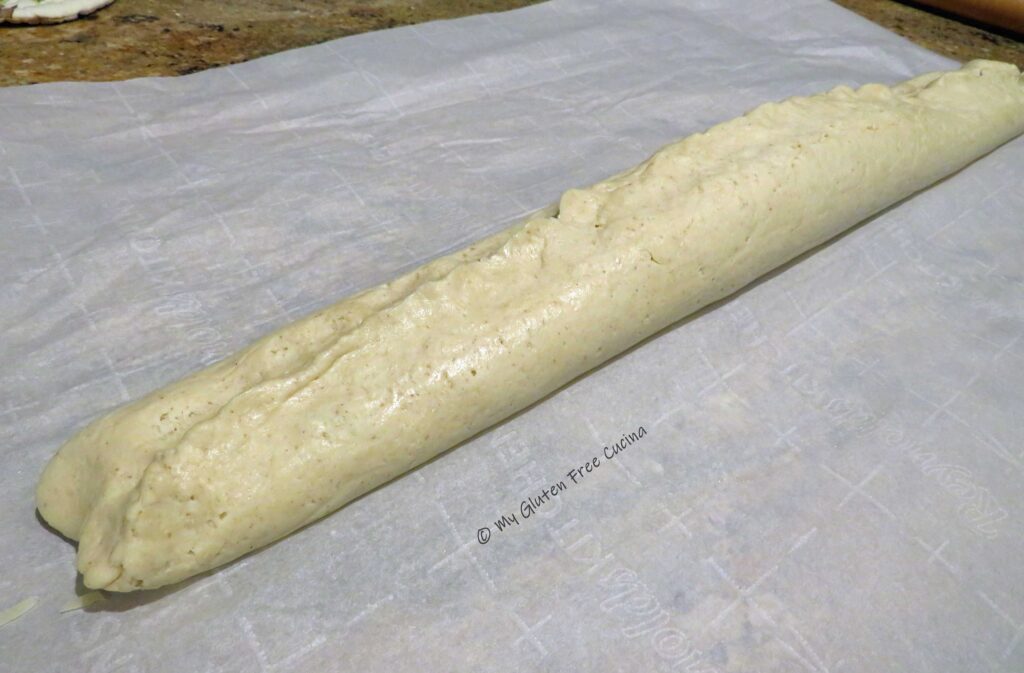
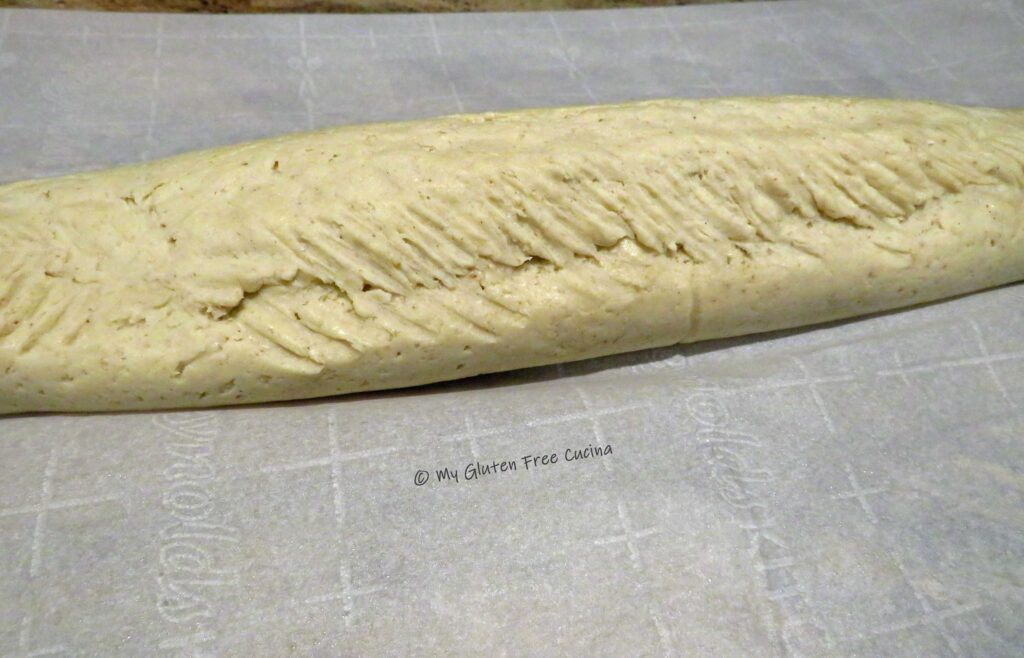
Place the roll seam side down on the parchment. Use kitchen shears to cut down the center from one end to another, leaving 1/2″ on each end.

Carefully twist the dough into an S shape and tuck the ends underneath like this. Go slowly, so the dough doesn’t break (just pinch together if it does). Slide the loaf onto a baking sheet, cover with plastic wrap and let it rise for 45 minutes. Preheat the oven to 350º.
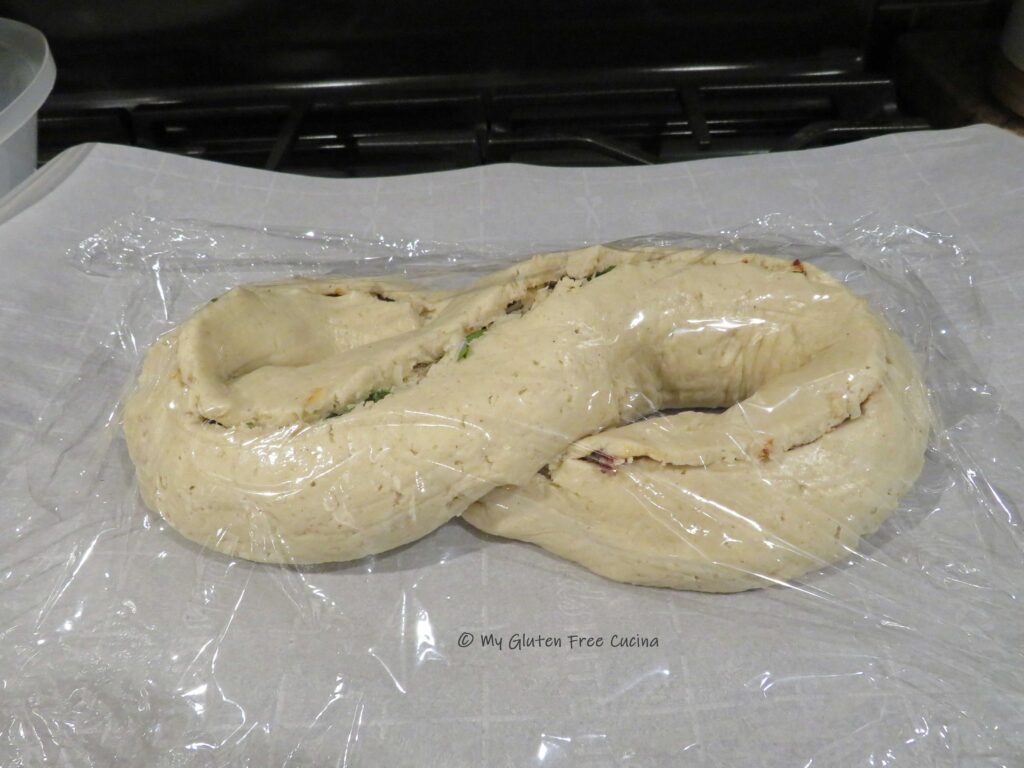
Bake for 45 minutes or until the internal temperature reaches 200º (check with a thermometer). Remove from the oven and brush with melted butter.
Cool slightly then slice and serve warm. This is one of those breads you do not want to wait on. That cheesy filling! Leftovers can be reheated in the microwave or toaster (try these toaster bags!).
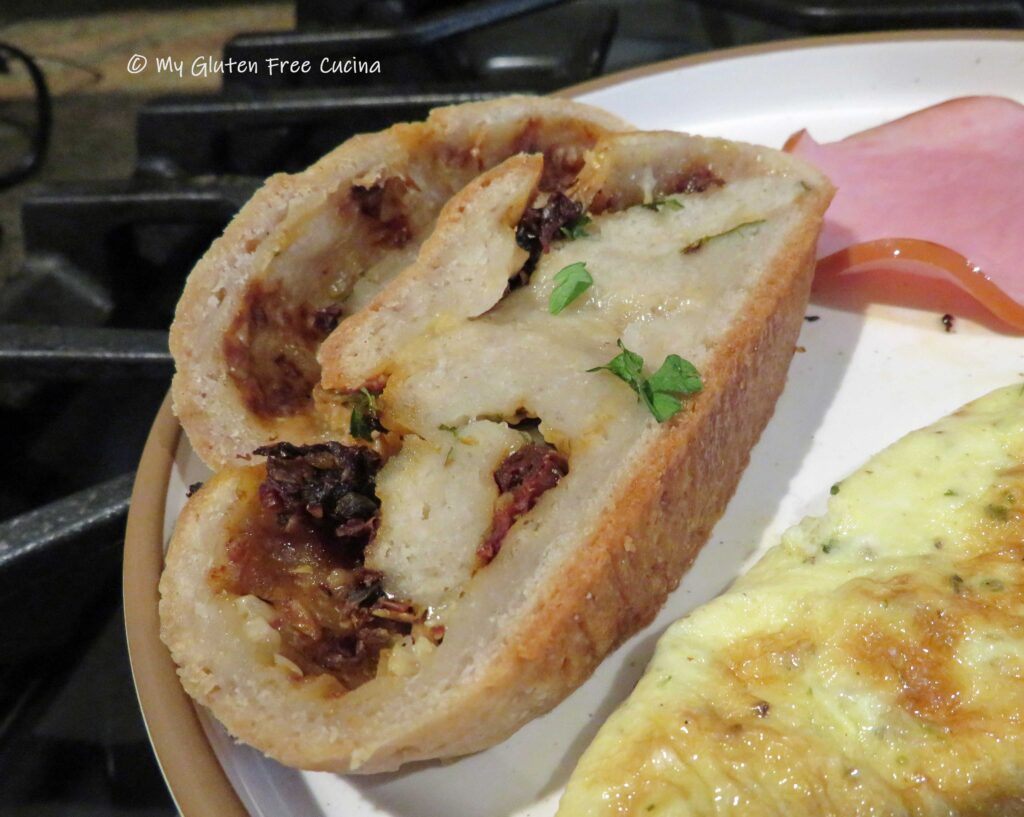 You can store the loaf at room temperature for up to a day, then freeze the leftovers.
You can store the loaf at room temperature for up to a day, then freeze the leftovers.
Notes ♪♫ The original recipe for Pane Bianco appeared here on the King Arthur website. Better Batter recommends that when adapting gluten bread recipes with their flour, you should increase the liquid ingredients by 50%. My gluten free adaptation includes this adjustment.



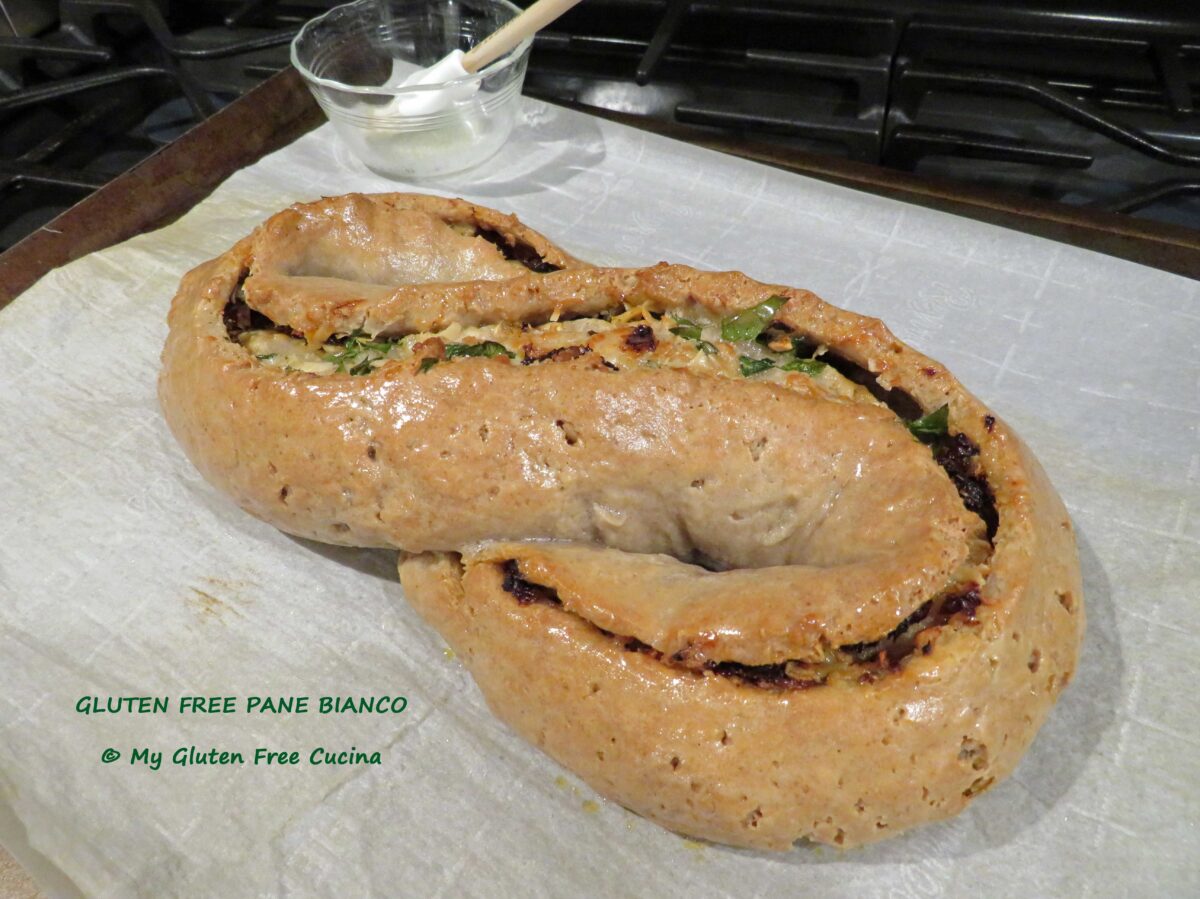

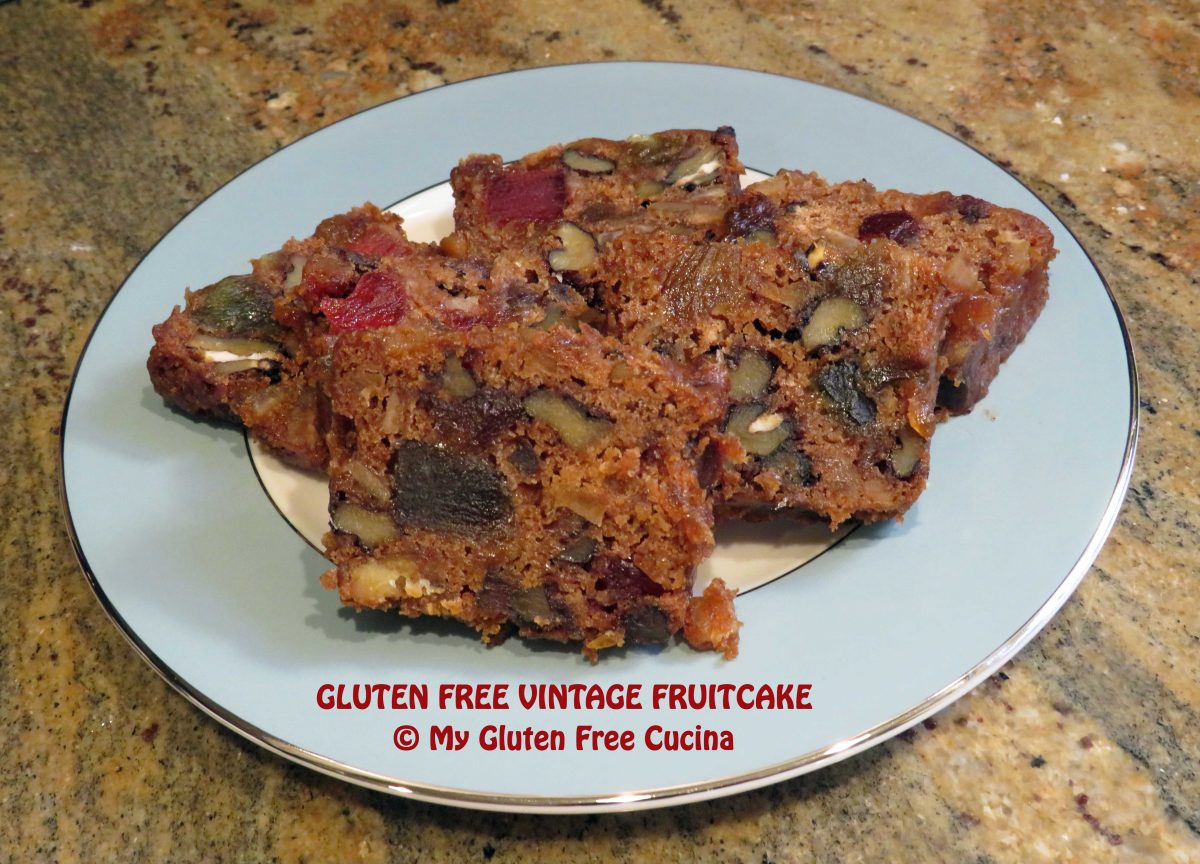
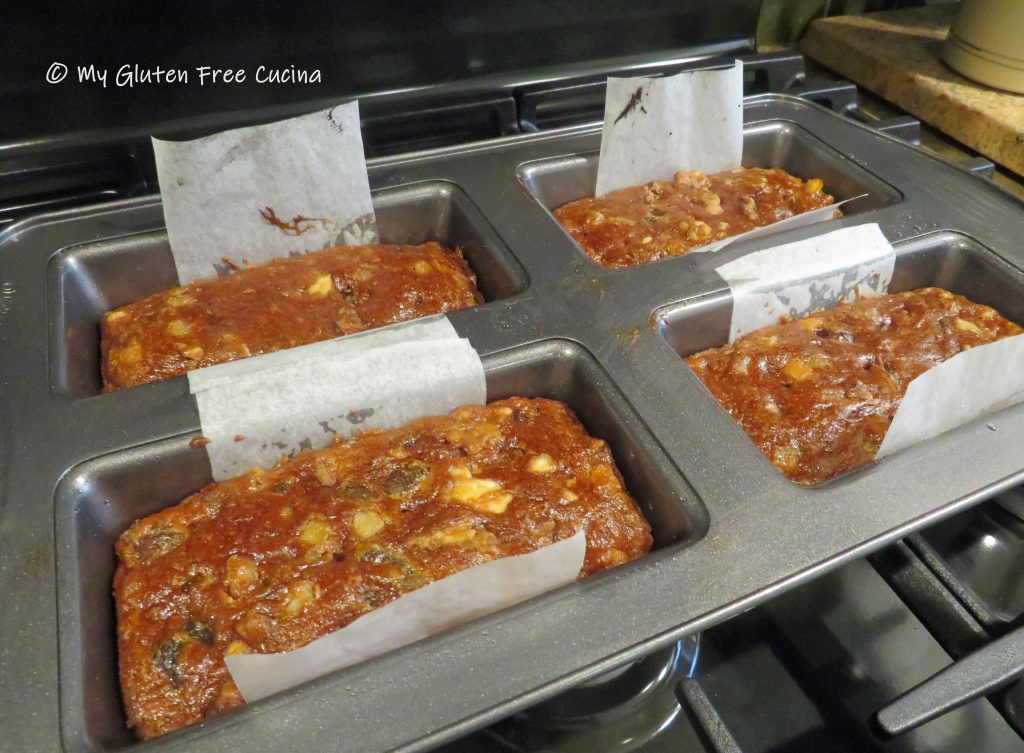
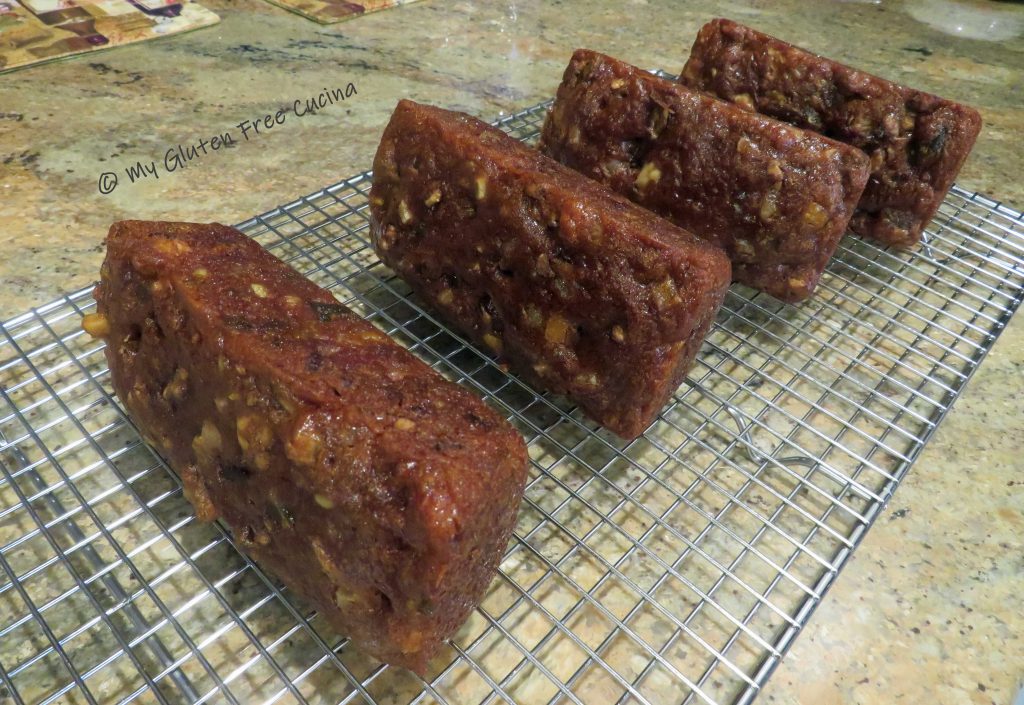
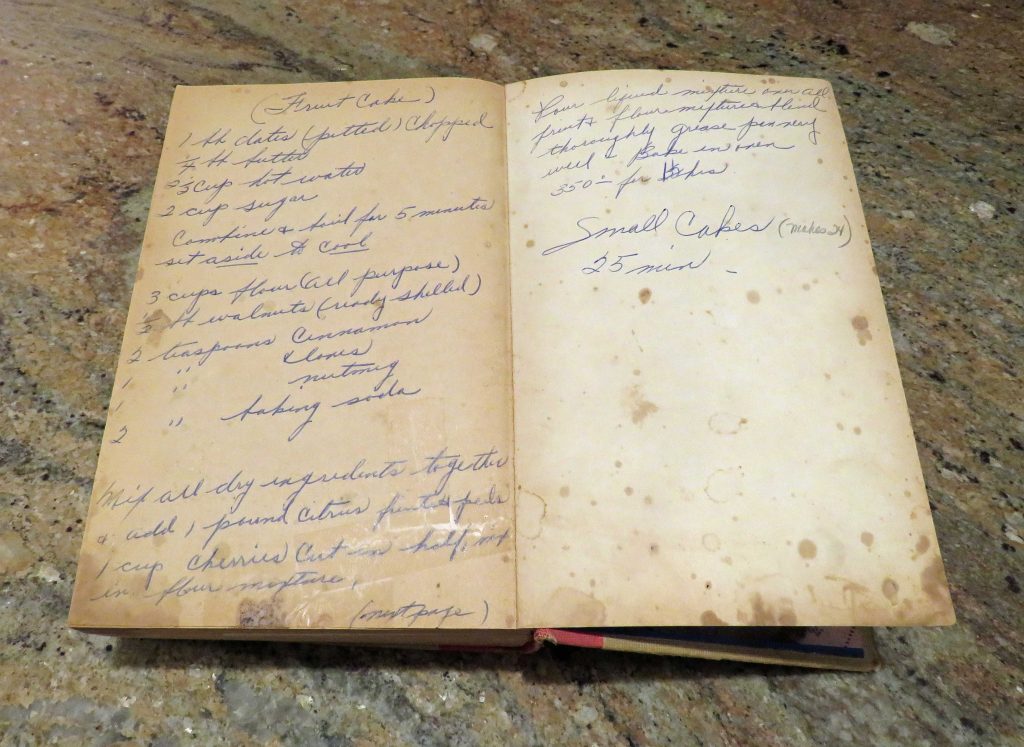
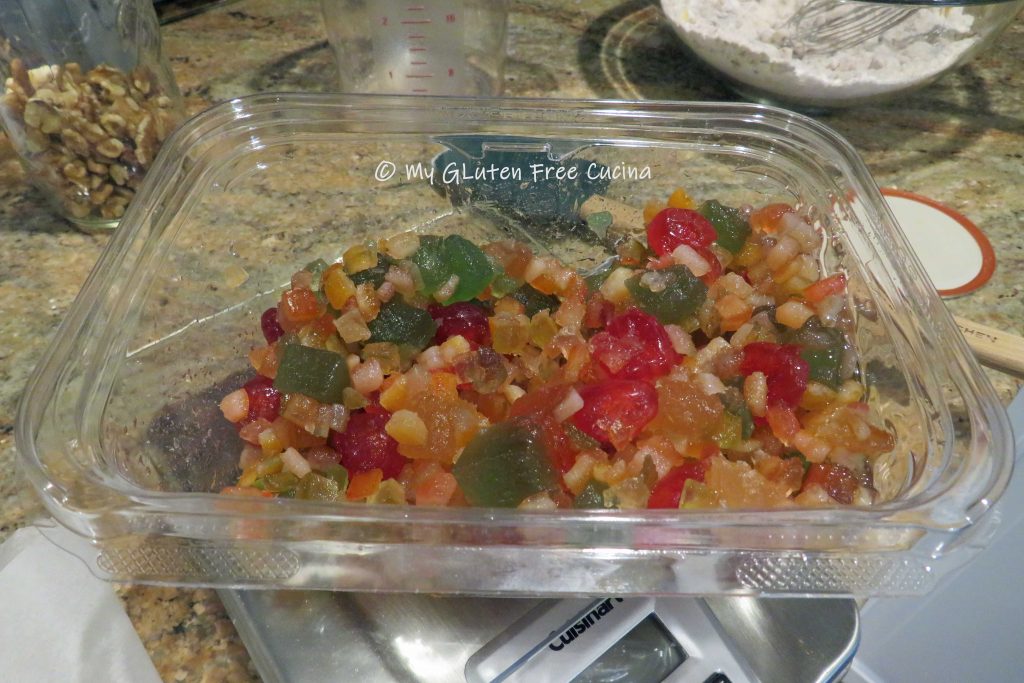
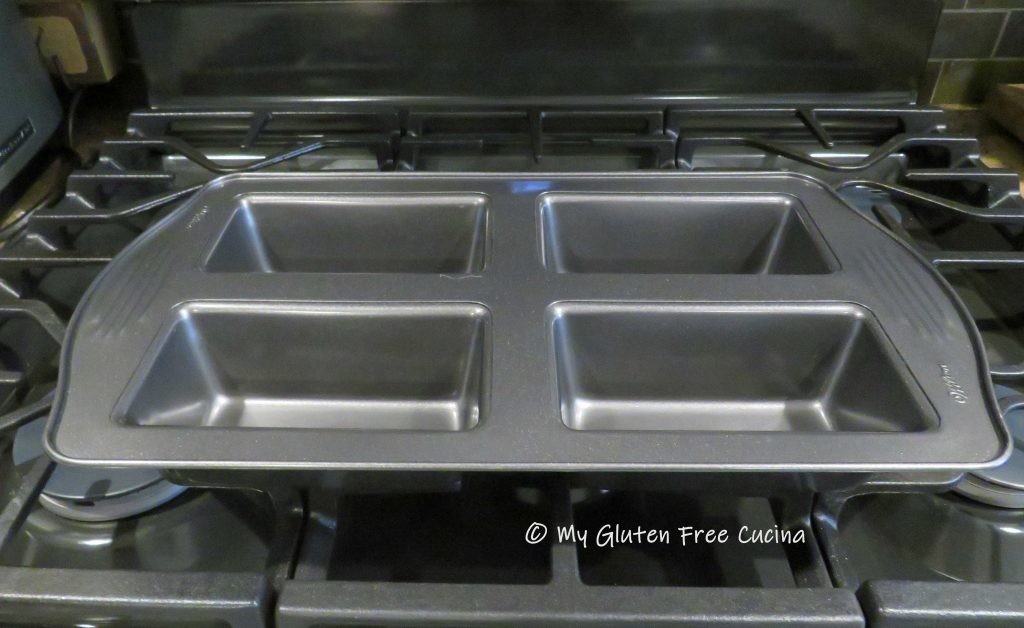
 Preparation:
Preparation: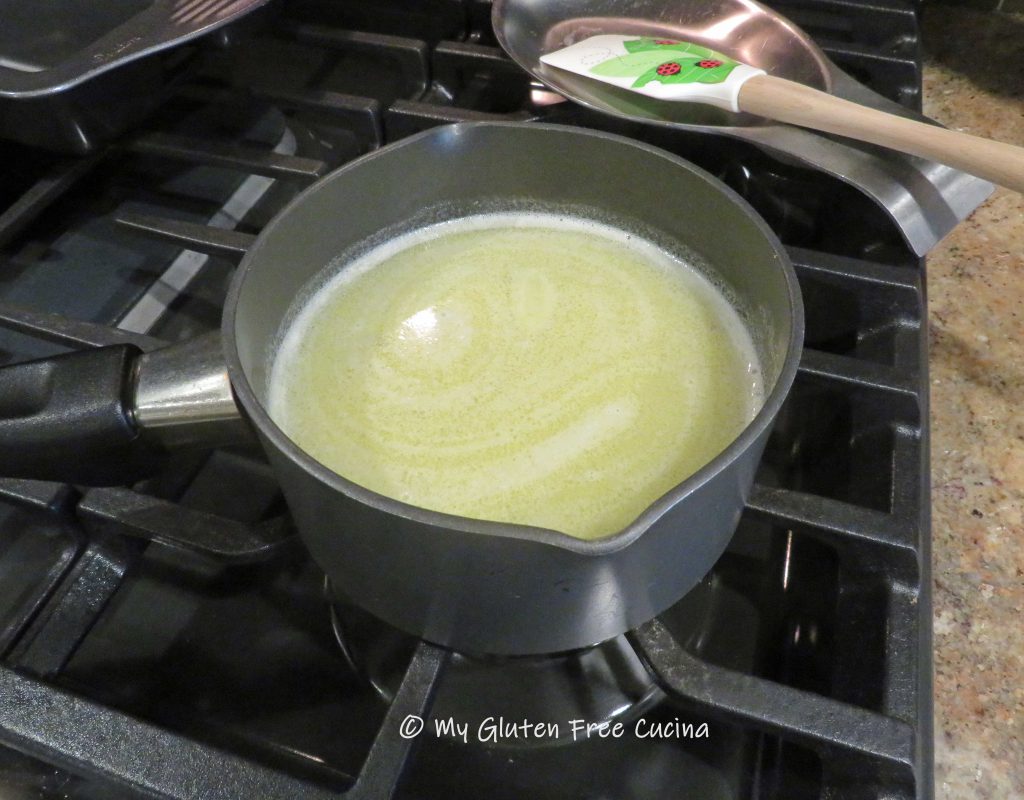

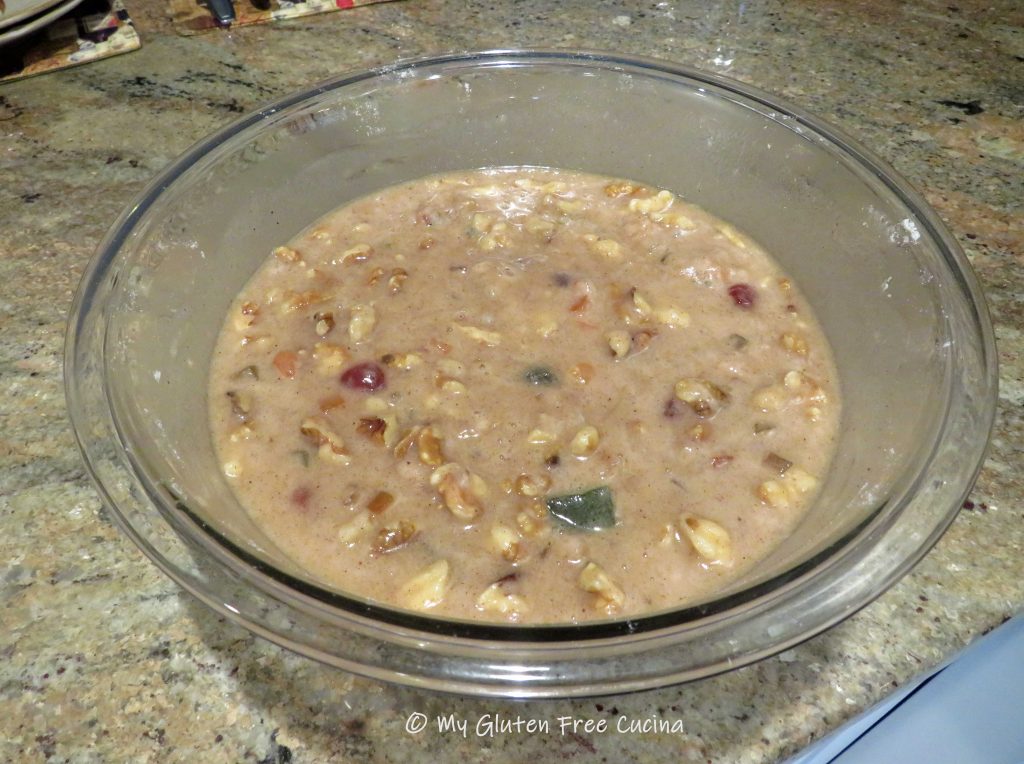
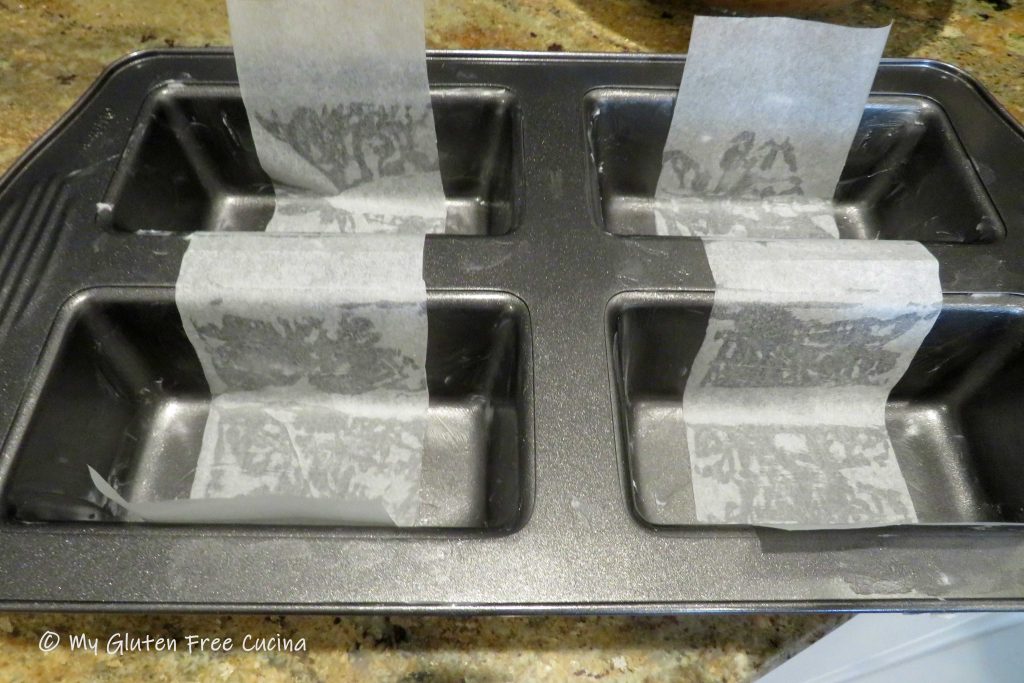
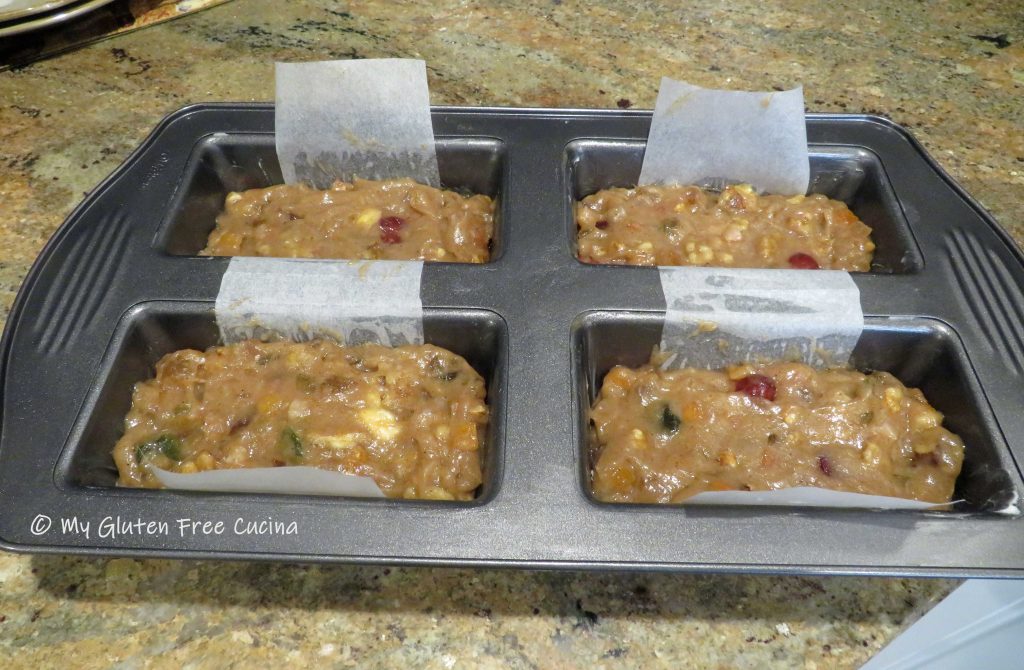 If using a 9″ loaf pan, bake for 1 to 1.5 hours, testing for doneness after 1 hour. The original recipe instructions said 1.5 hours and it will depend largely on your oven and the amount of moisture in the fruit blend.
If using a 9″ loaf pan, bake for 1 to 1.5 hours, testing for doneness after 1 hour. The original recipe instructions said 1.5 hours and it will depend largely on your oven and the amount of moisture in the fruit blend.